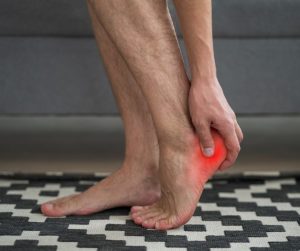Waking up in the morning with sharp pain in your heel, or wincing as you take those first few steps after sitting for a while? If this sounds all too familiar, you’re likely among many who struggle with daily heel pain. Whether it’s a dull ache or a sharp, stabbing sensation, heel pain can take the joy out of even the simplest activities.
Let’s break down some common questions and concerns, especially for those looking for answers.
What’s causing this heel pain that just won’t quit?
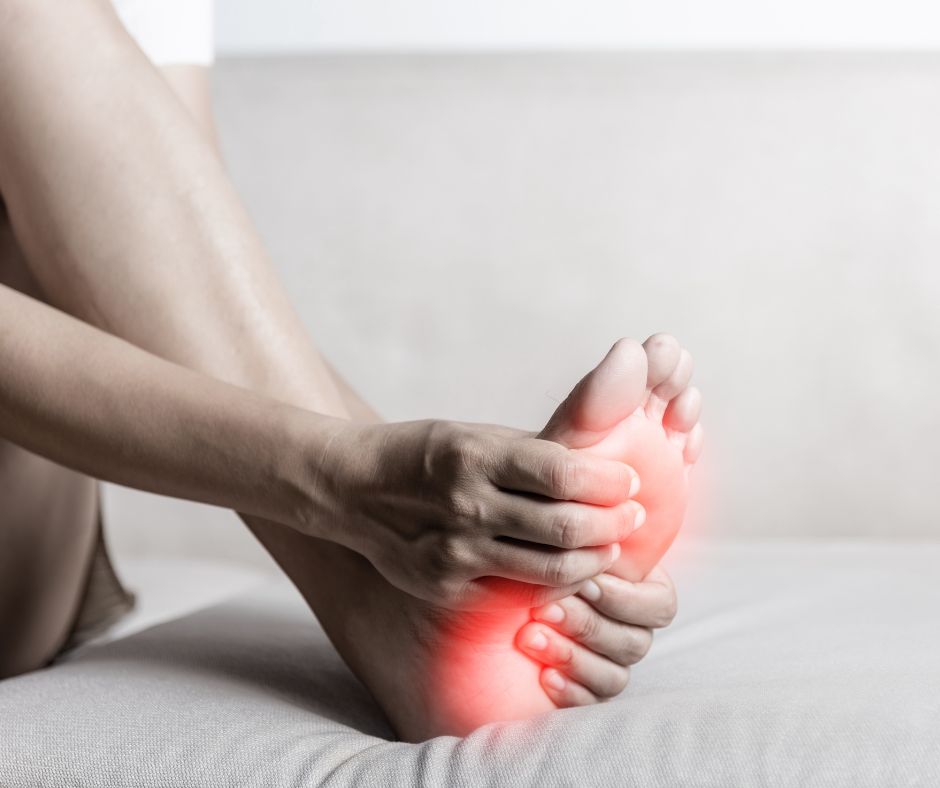
The most common cause of heel pain is plantar fasciitis. This condition occurs when the thick band of tissue (the plantar fascia) at the bottom of your foot becomes inflamed. This is usually due to overuse, improper shoe-wear, or even sudden weight gain can trigger this.
Other conditions can also cause heel pain, like:
- Achilles tendinitis: Pain at the back of your heel due to overuse or strain on the Achilles tendon.
- Nerve entrapment syndrome: Nerves can get entrapped between muscles and bone and cause heel pain, mimicking pain similar to plantar fasciitis.
- Bursitis: Inflammation of the bursa, a small fluid-filled sac that cushions bones and muscles at the back of the heel.
- Stress fractures: Often mistaken for a dull ache, stress fractures in the heel bone develop gradually from repetitive activities.
How do I know if I have plantar fasciitis?
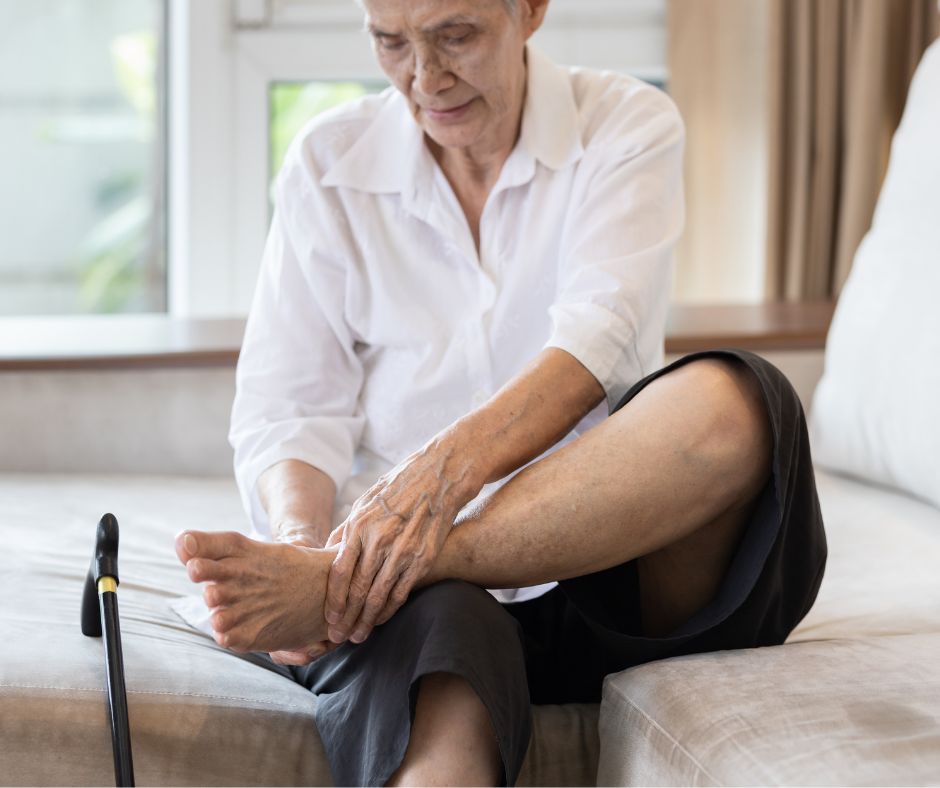
Plantar fasciitis is notorious for causing sharp, stabbing pain in the heel, particularly when you first step out of bed in the morning or after a long period of rest. You might feel a bit better once you’re moving, but the pain often returns later in the day, especially after long standing periods.
If your pain is more at the back of your heel, you could be dealing with an Achilles tendon issue.
Should I see a doctor for heel pain?
For most people, heel pain may resolve with time, but if the pain is making it hard to walk or isn’t improving after a few weeks, seeing a doctor is advisable. This is especially so if you notice swelling, redness, or can’t walk on your foot.
What can I do to stop the pain?
There are a range of treatments for heel pain, depending on the cause. Here’s what you can try:
- Lifestyle modification: Give your foot a break! Reducing activities that put pressure on your heel can help.
- Stretching exercises: Regularly stretching your calves and feet can ease the tension that’s contributing to your pain. The plantar fascia responds well to stretching, so make this part of your daily routine.
- Better footwear: Shoes that support your arches and cushion your heels are key to recovery. If you spend long hours on your feet, it might be time to invest in more supportive shoes or custom insoles.
- Shockwave Therapy (ESWT): This non-invasive procedure uses shock waves to stimulate healing and typically requires 2-3 sessions.
- Physical therapy: Sometimes, the help of a professional therapist is the extra push you need to recover. They can guide you through targeted exercises to stretch and strengthen the muscles around your heel.
- Anti-inflammatory medication: Doctors may prescribe some anti-inflammatory medication to help reduce inflammation and discomfort.
What happens if the pain does not go away with conservative treatment?
If conservative measures fail to alleviate your pain, further investigations may be warranted. Surgery can be considered as a form of treatment to relieve the pain.
Surgical options are tailored to each individual patient’s specific needs and can include plantar fascia release, radiofrequency coblation as well as gastrocnemius recession. These can be done in a minimally invasive fashion.
Can I prevent heel pain from coming back?
Once you’ve found relief, prevention is key to avoiding a recurrence. Here are a few simple tips to keep your heels healthy:
Supportive shoes are a game-changer. Make sure they provide good arch support and cushioning, especially if you spend a lot of time on your feet.
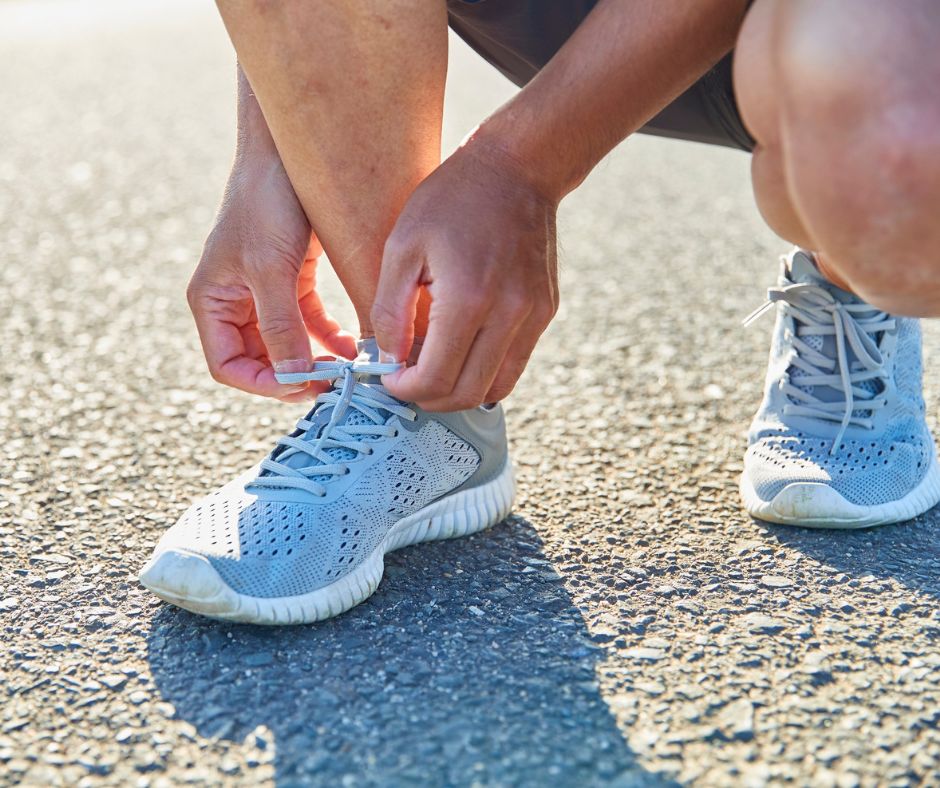
Keep those calves and feet limber with daily stretching exercises. Even a few minutes a day can make a difference.
Maintaining a balanced fitness routine is great but avoid overdoing high-impact activities without proper rest.
Excess weight puts extra strain on your feet, so maintaining a healthy weight will reduce the load on your heels.
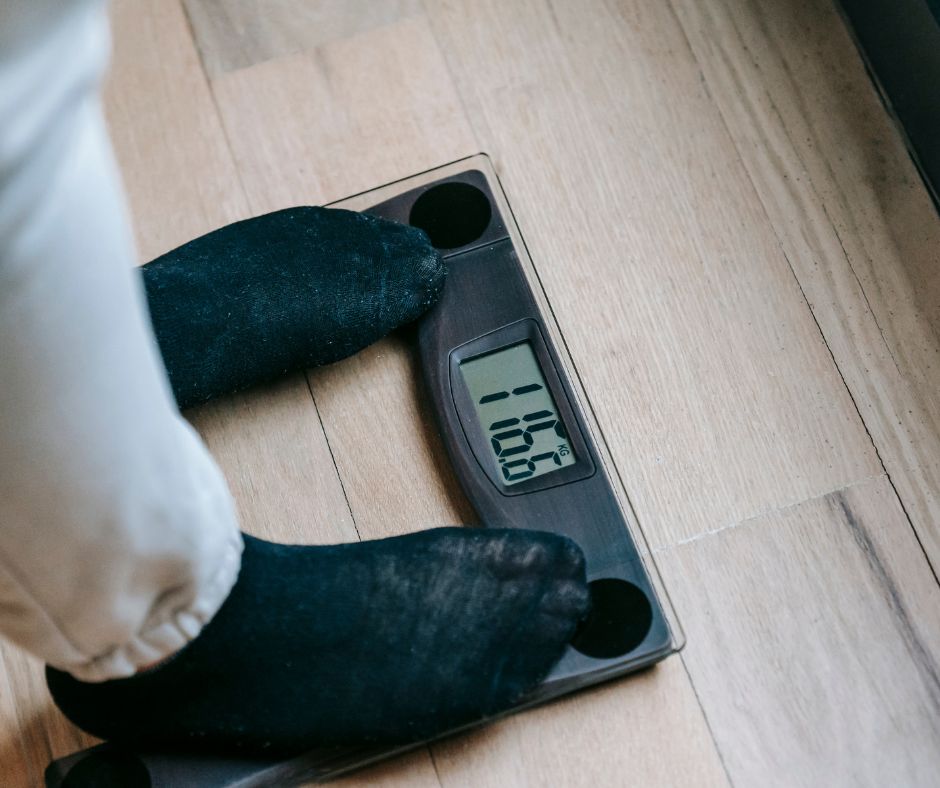
Conclusion
Heel pain doesn’t have to be something you just live with. Whether it’s plantar fasciitis or tendinitis, finding the right solution can help you get back on your feet- literally. If you’re in Singapore and need relief from heel pain, don’t hesitate to reach out to a foot and ankle specialist who can guide you toward recovery. After all, walking should be a pain-free experience, and with the right care, it can be again.
Where can I get help for heel pain?
If you experience heel pain which affects you, seek advice early. Get in touch with our dedicated foot and ankle clinic at Alpha Joints & Orthopaedics @ Farrer Park Hospital.


